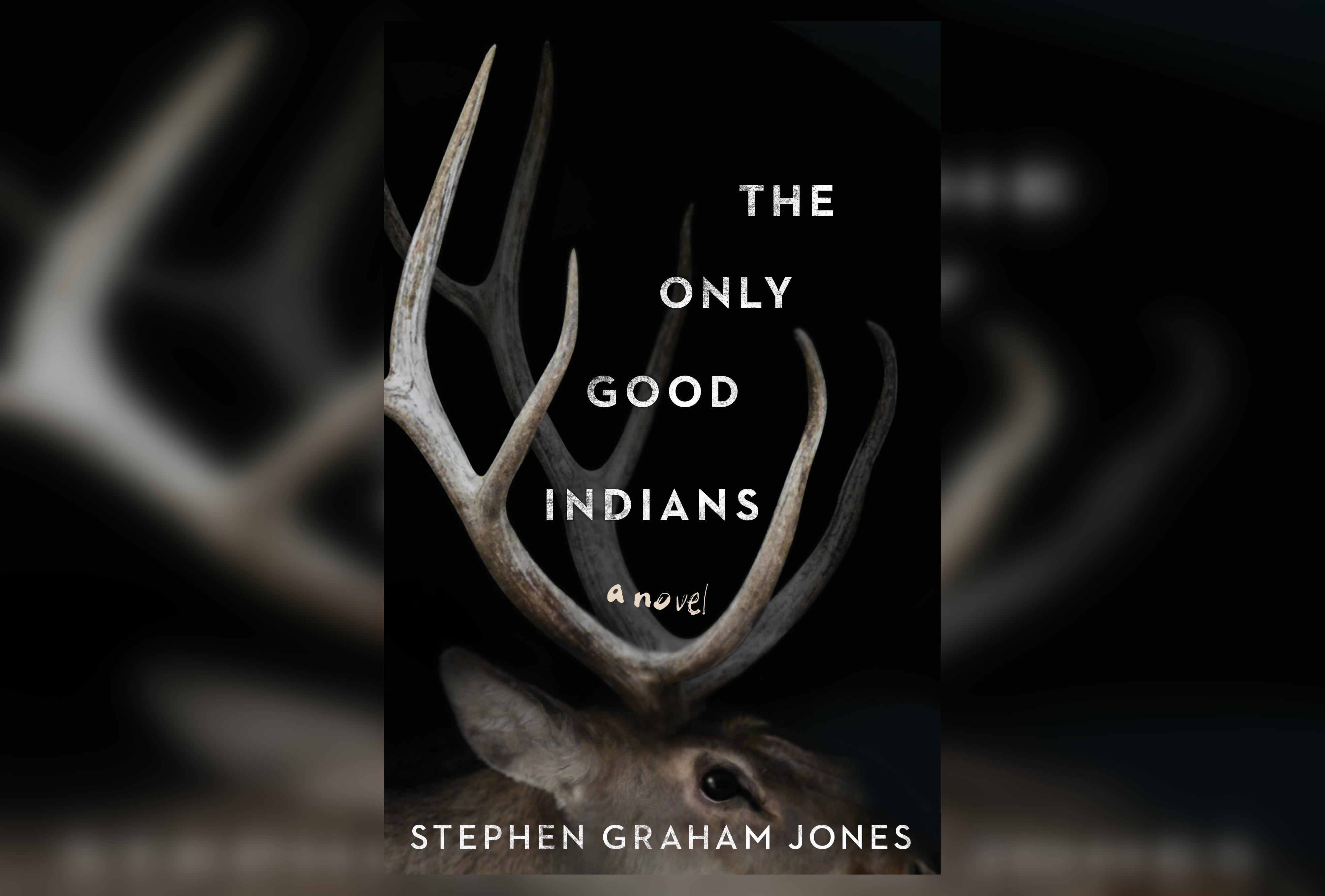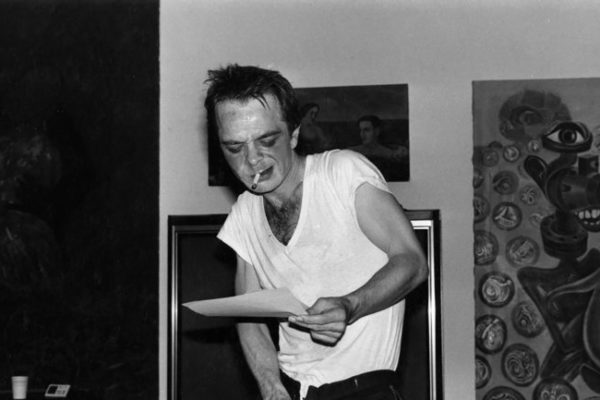Stephen Graham Jones has never been boxed in by genres. The prolific horror writer proudly wears that label on his sleeve, leaning into schlocky tropes of the trade in his new novel, The Only Good Indians. It’s unabashedly a slasher, and blood is plentiful, but a deeper layer runs through the material as Jones, a Blackfeet native, uses the trappings of horror to delve into a dissection of contemporary Native American identity.
The Only Good Indians follows a friend group of Blackfeet a decade after they trespass on hunting land reserved for tribal elders and slaughter a herd of elk, including a pregnant cow who refuses to die easily. The vengeful spirit manifests as a woman with the head of an elk who tracks the group down one by one to exact revenge.
In one sense, it’s a paint-by-numbers horror novel, but Jones is far too nimble a writer to be pinned down by convention. The killings are shocking, yes, but they feel like exclamation points on larger ideas. They are not the entre, but the garnish upon it.
The novel puts its ideas on the table almost immediately with a prologue in which the first of the four main characters, Ricky Boss Ribs, is jumped by a group of white guys from his construction crew outside a dive bar. The racialized dynamic of the attack is its focal point, Jones delineating the body politics of the beat-down. “They’re cool with the Chief among them being the chain monkey, but when it comes down to who has an eyeline on the white woman, well that was another thing altogether, wasn’t it?”
Constant awareness of what it means to navigate the world as Native American is of central concern to the novel’s characters. Even for those who do not still live on the reservation, so much of their behavior is measured against “the old ways” handed down from their elders. The past chases them down in ways both literal and figurative. And the reservation takes a life unto itself as a part of that measure. Those who remain face the challenges of life there, while those who leave to forge lives elsewhere face judgement from their tribe. Two of the central characters no longer live on the reservation, and they become the first of Elk Head Woman’s targets as she moves inward to the two who have chosen to stay.
A motif occurs repeatedly throughout the novel of newspaper headlines both real and (more often) imagined. Characters have a running ticker in their heads of possible headlines written about their actions. When Lewis thinks about his marriage to a white woman, the headline is, “FULLBLOOD BETRAYS EVERY DEAD INDIAN BEFORE HIM.” The headline when Ricky Boss Ribs is beaten to death reads, “INDIAN MAN KILLED IN DISPUTE OUTSIDE BAR.” Of this, Jones writes wryly, “That’s one way to say it.” Headlines stand in for the way the world mediates the lives of Native Americans, reducing them to a single way of being.
It is in moments like these that the real drama of The Only Good Indians is found, in this perceived need to hew close to ways of being dictated by one’s culture and by the larger, white society around it. Ultimately, salvation is found in a willingness to stop cyclical patterns of being, to start something new.
A terrifying whirlwind of blood with the brains to match, The Only Good Indians is sure to be among the most exciting novels this summer can scare up.
The Only Good Indians is available from Saga Press, an imprint of Simon & Schuster, on July 14th, 2020.



